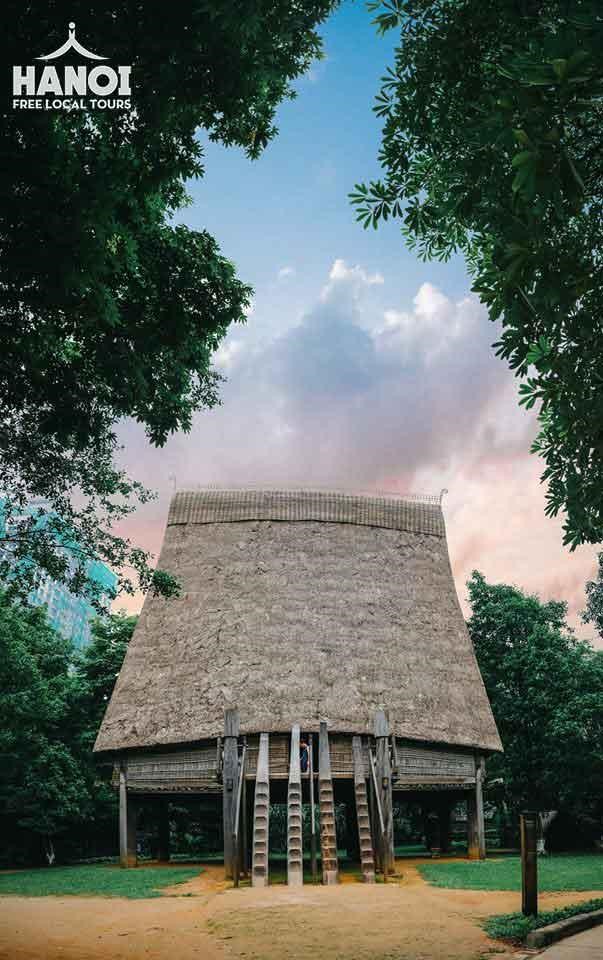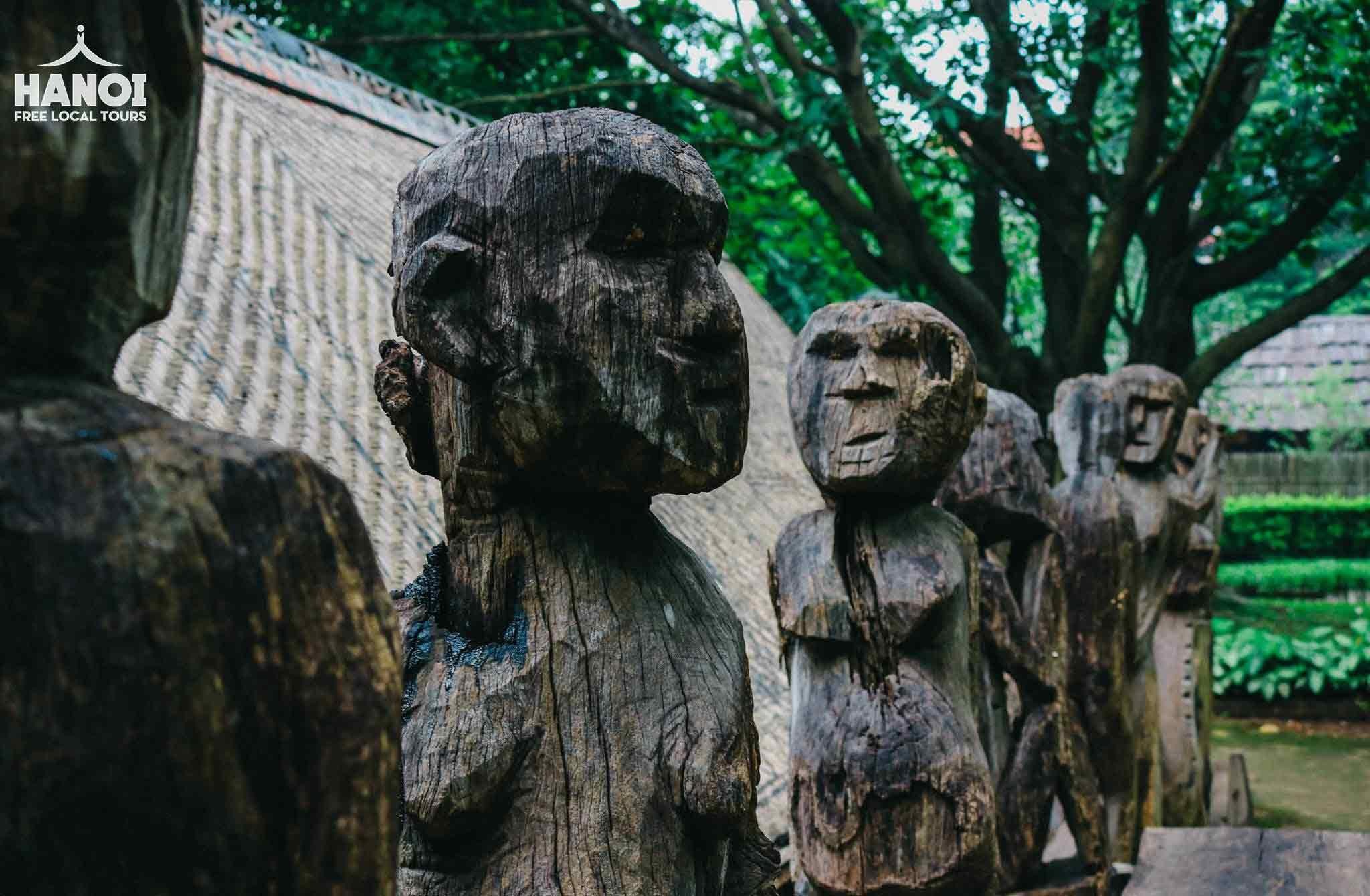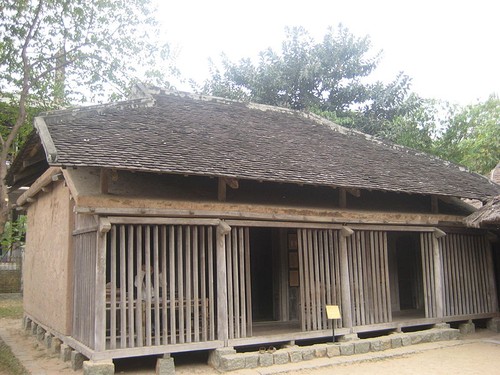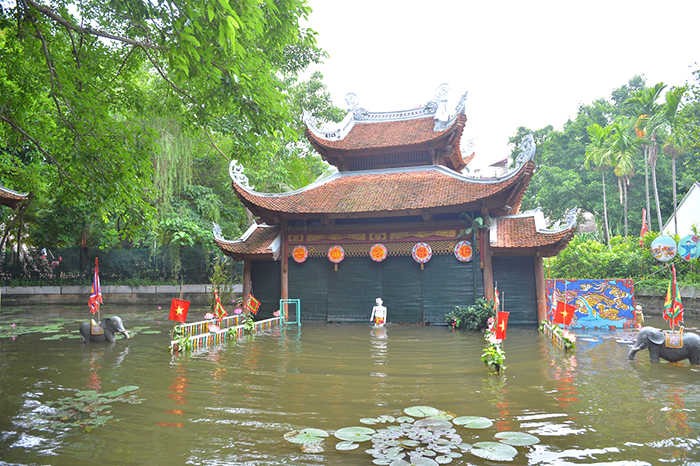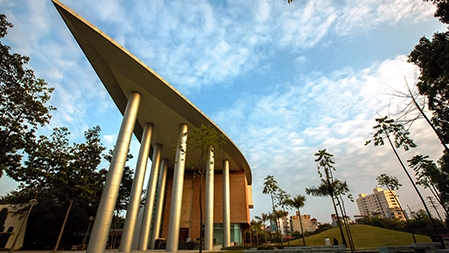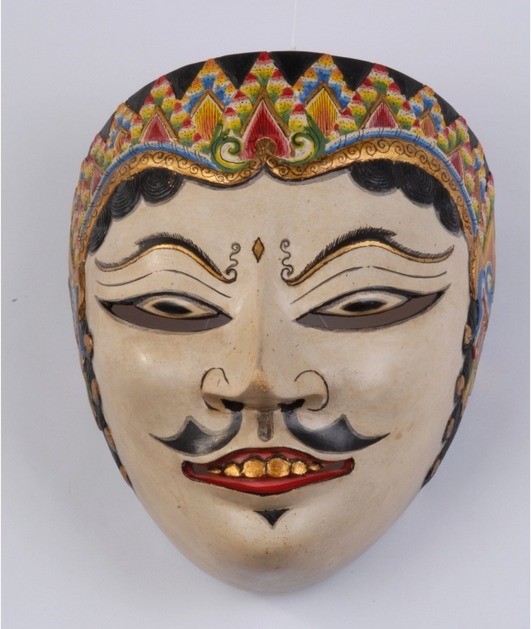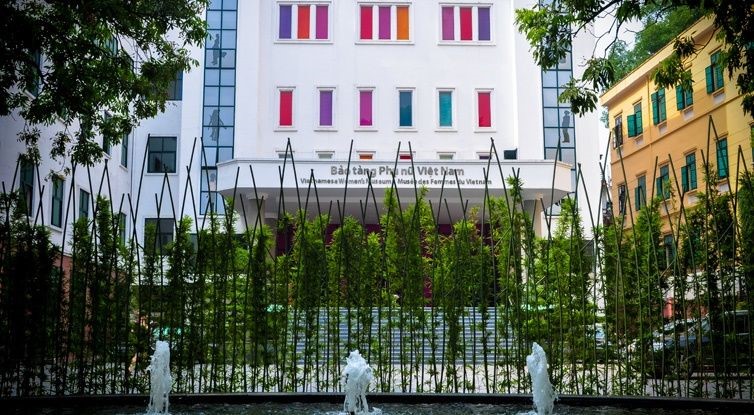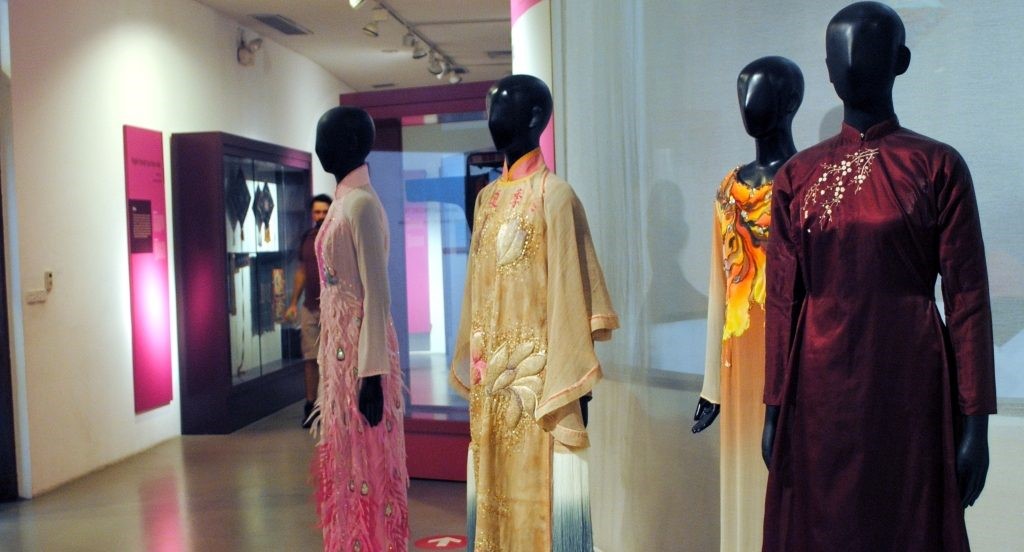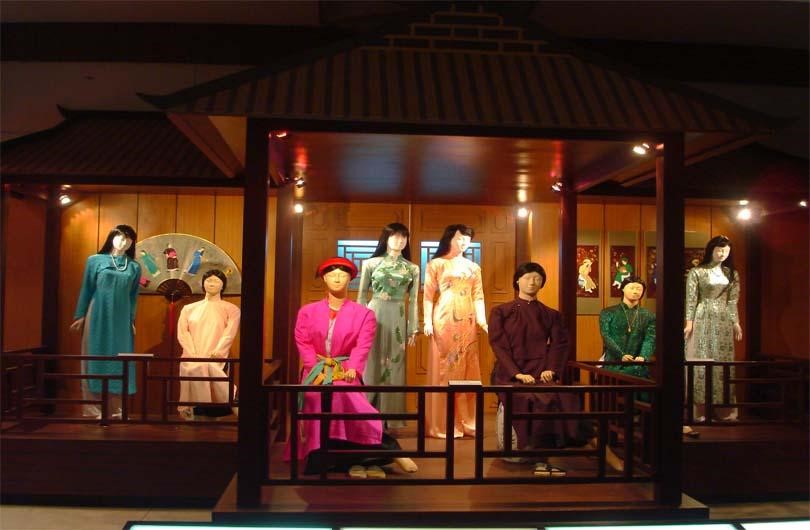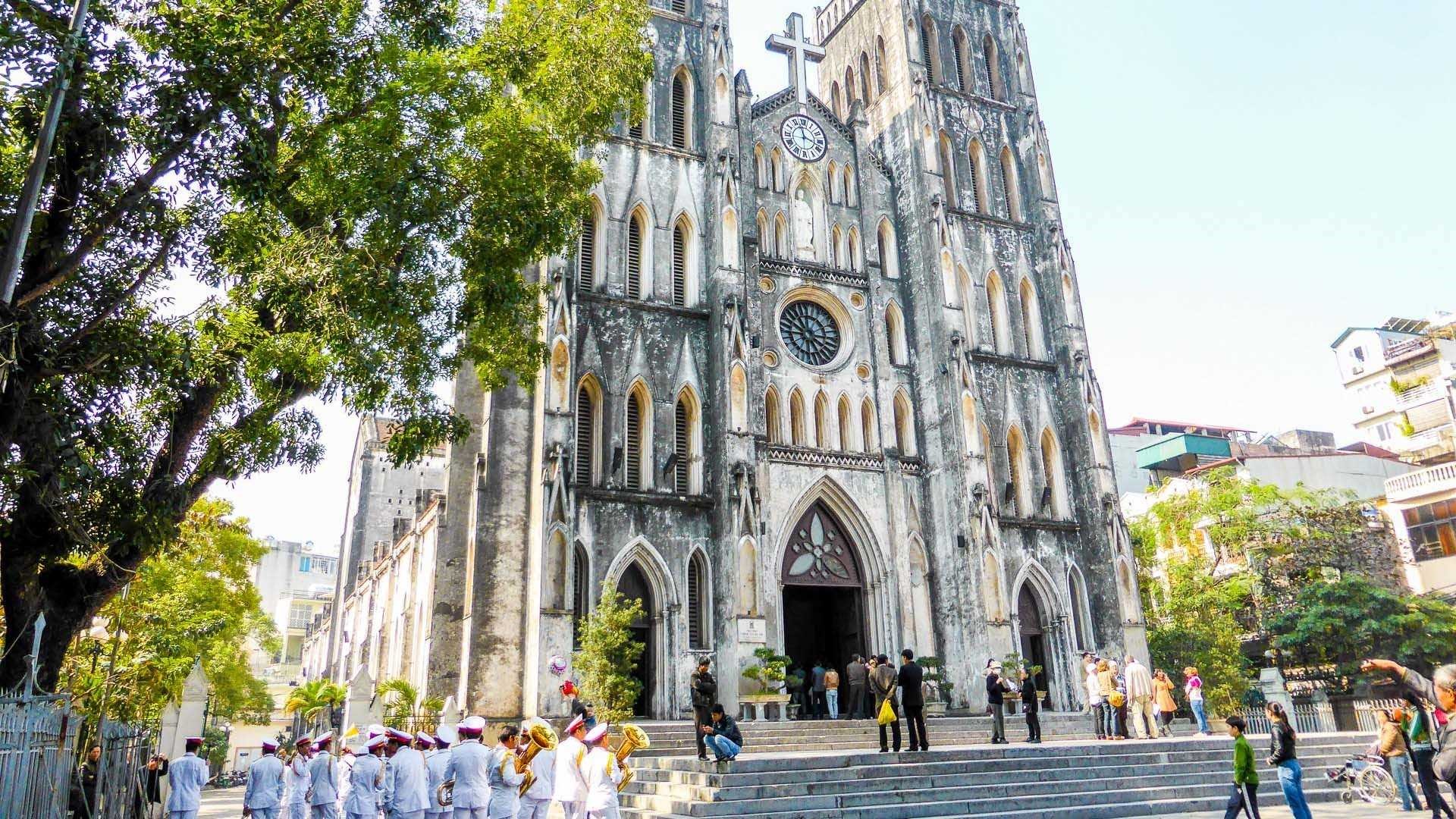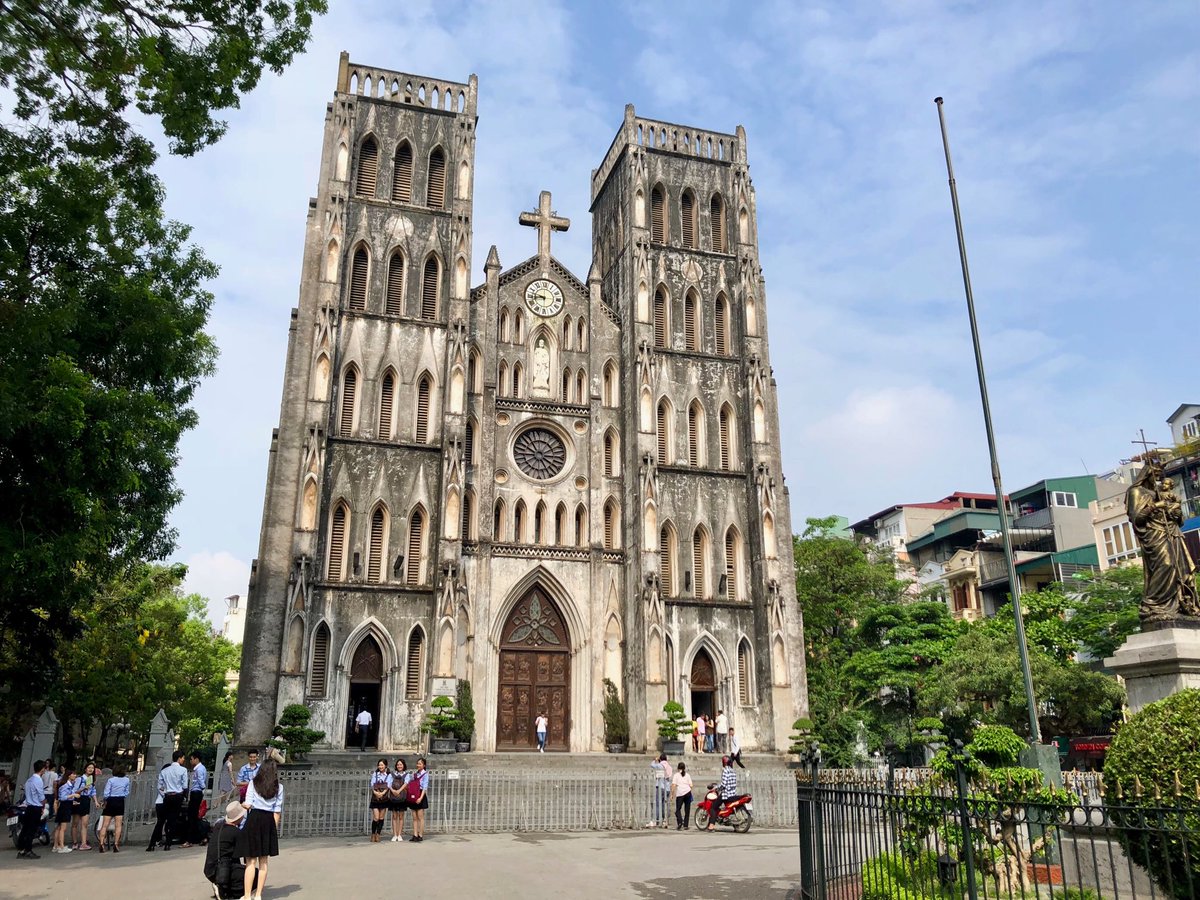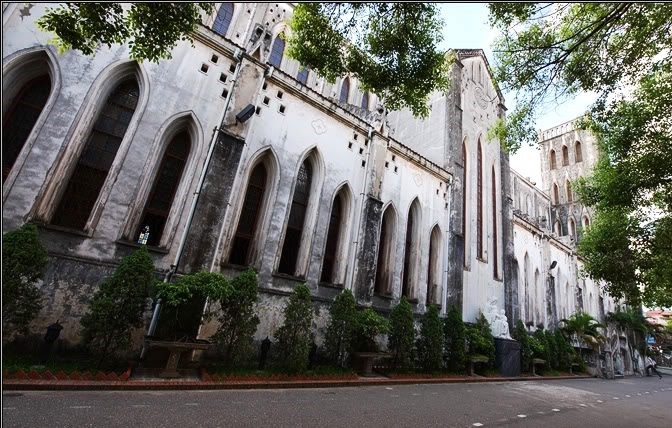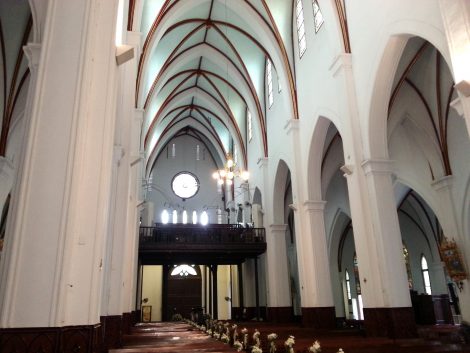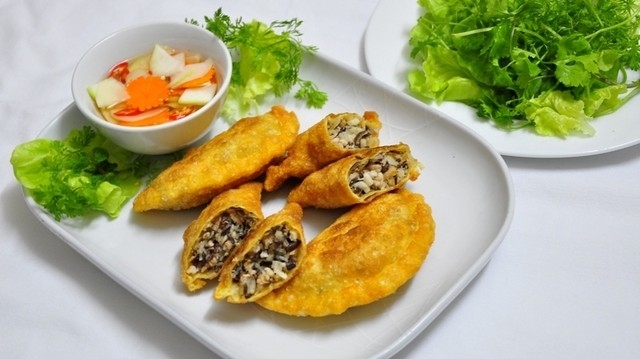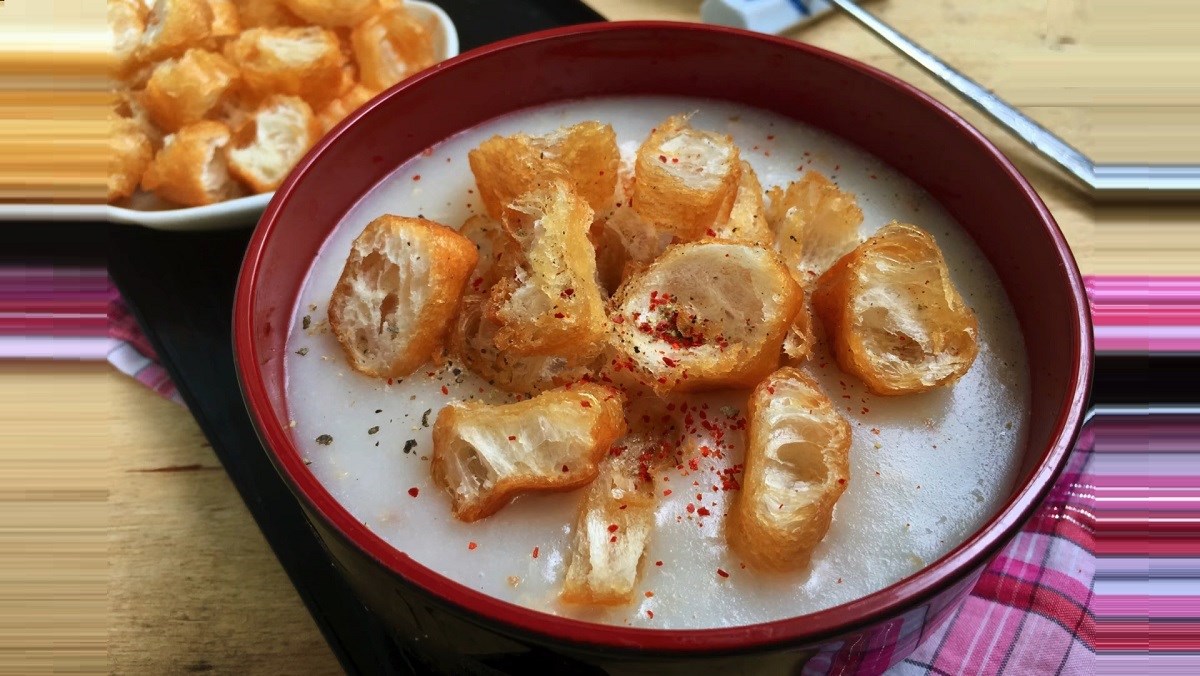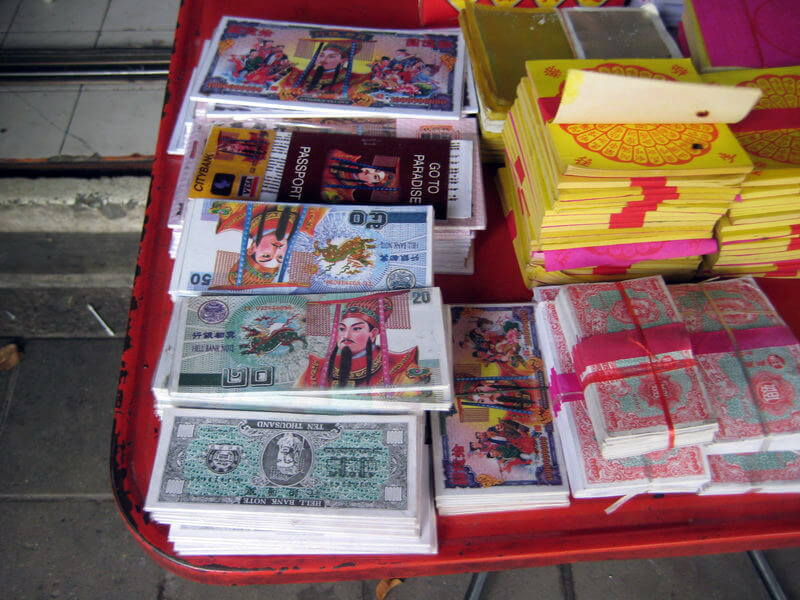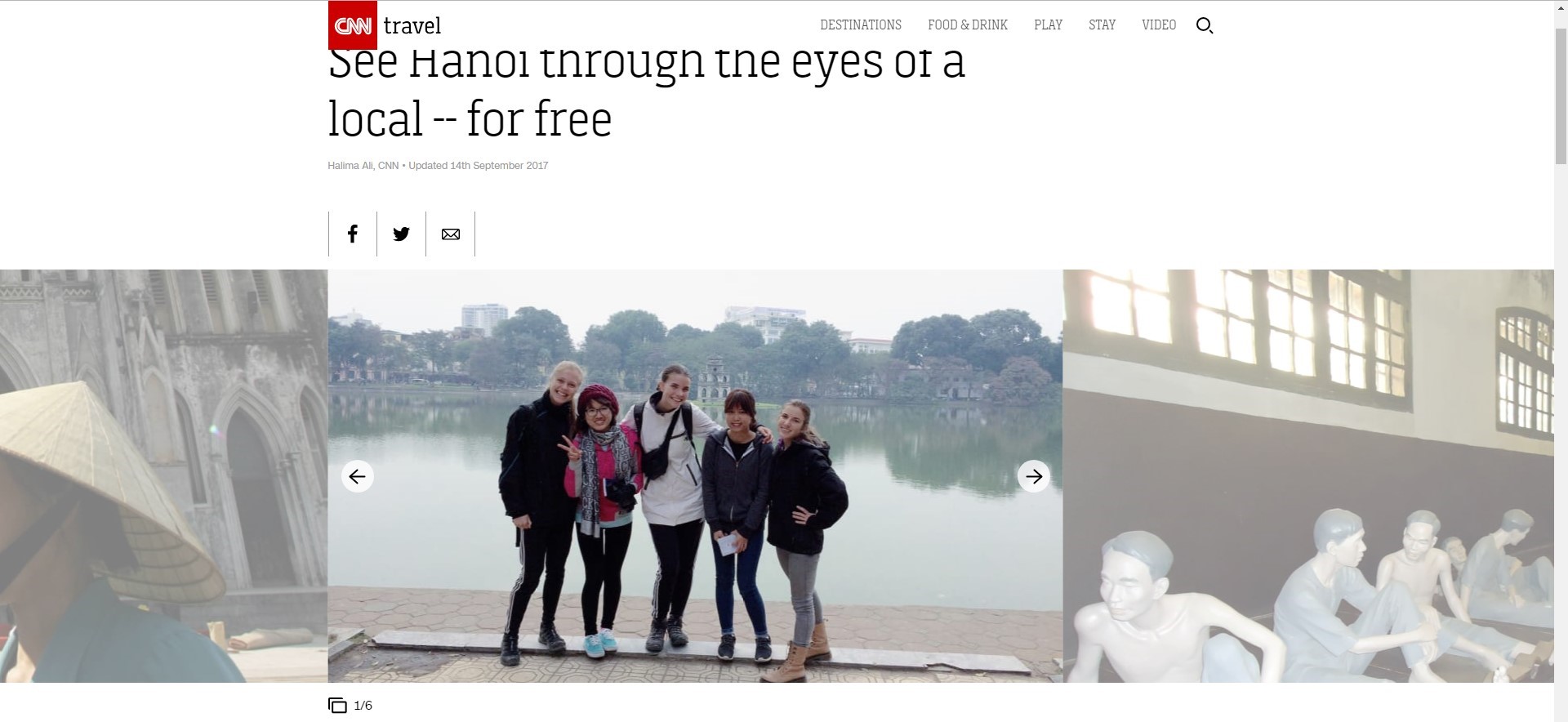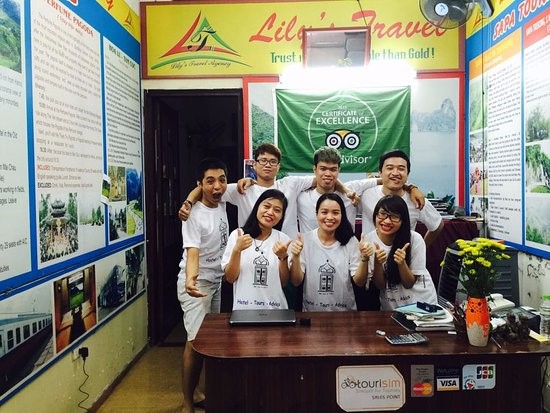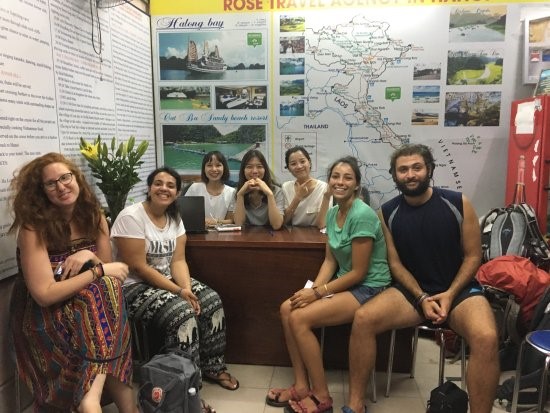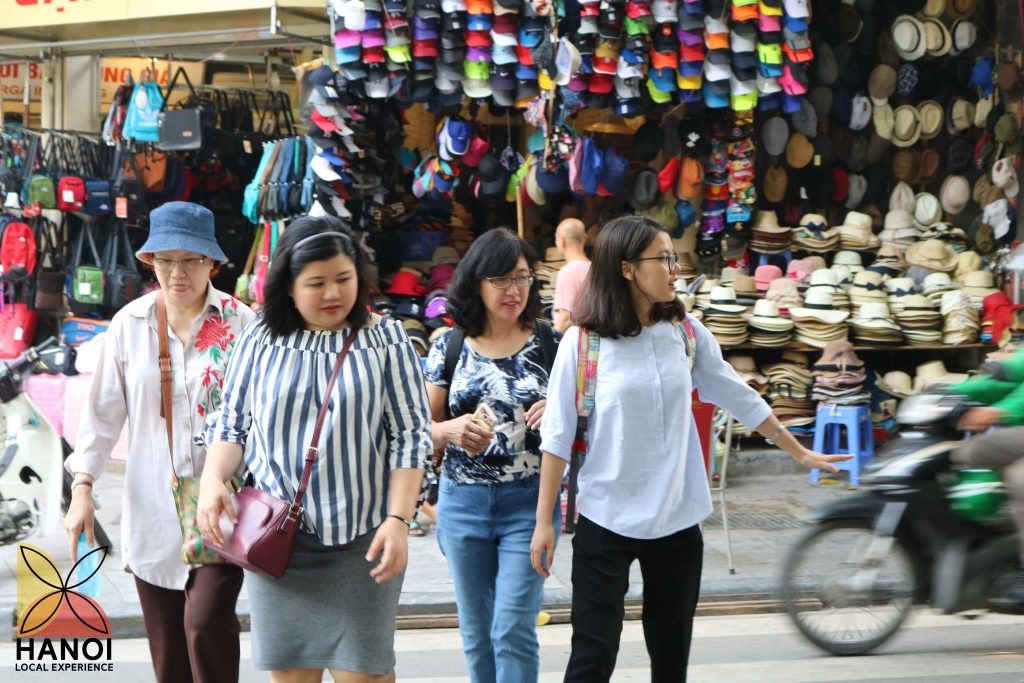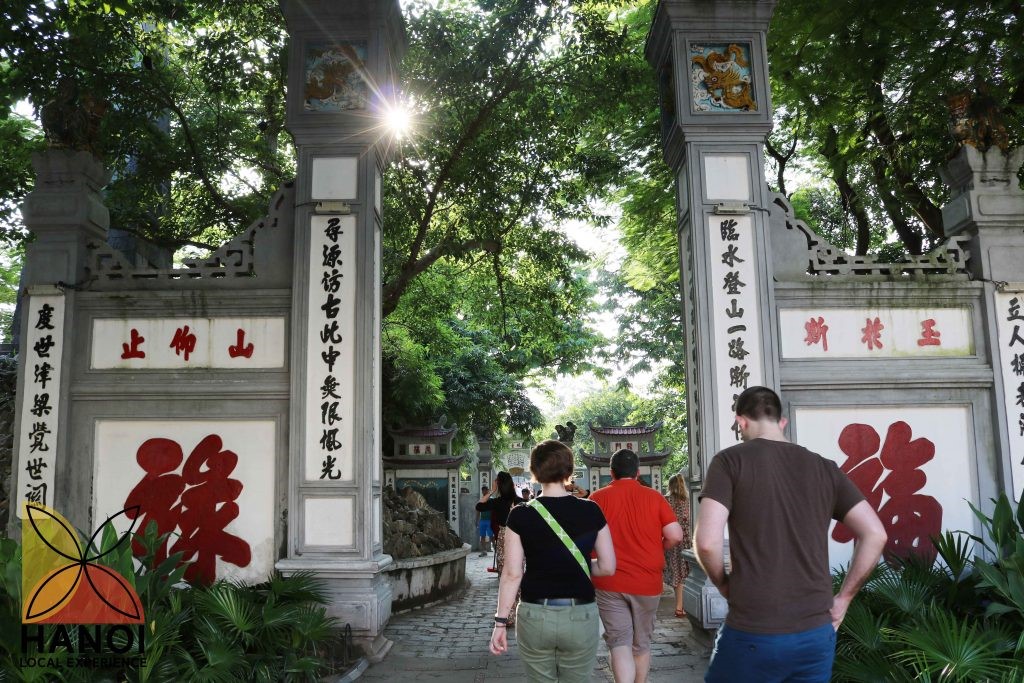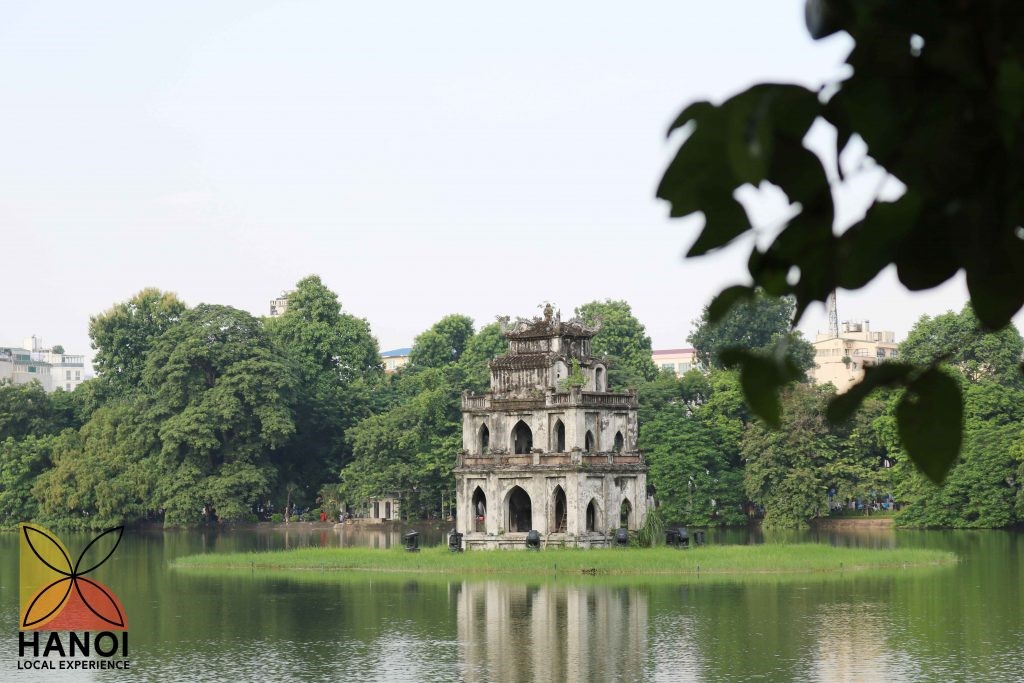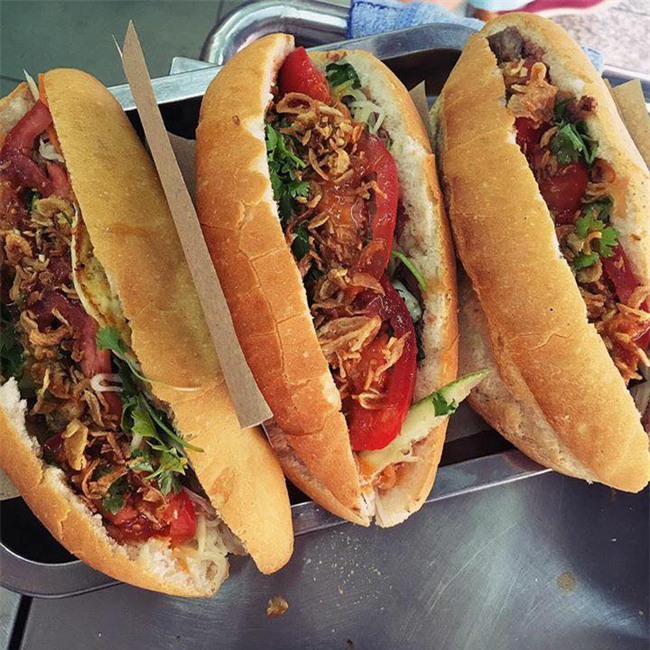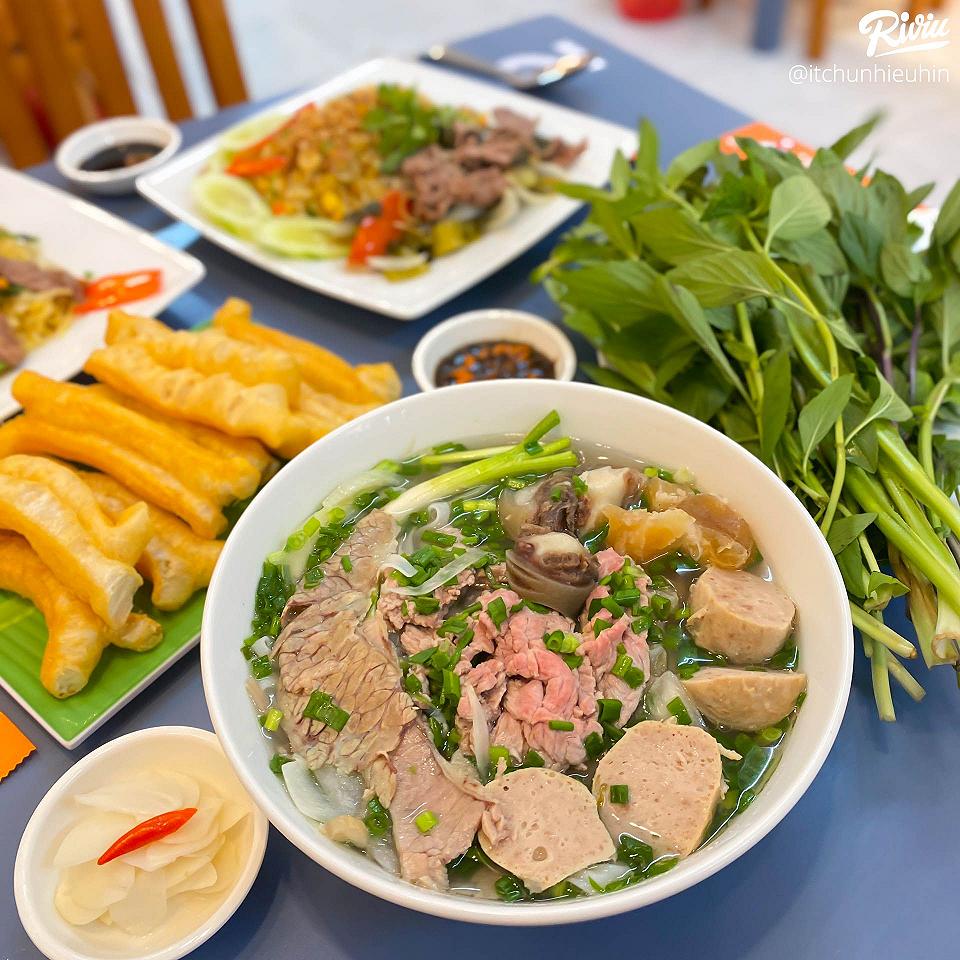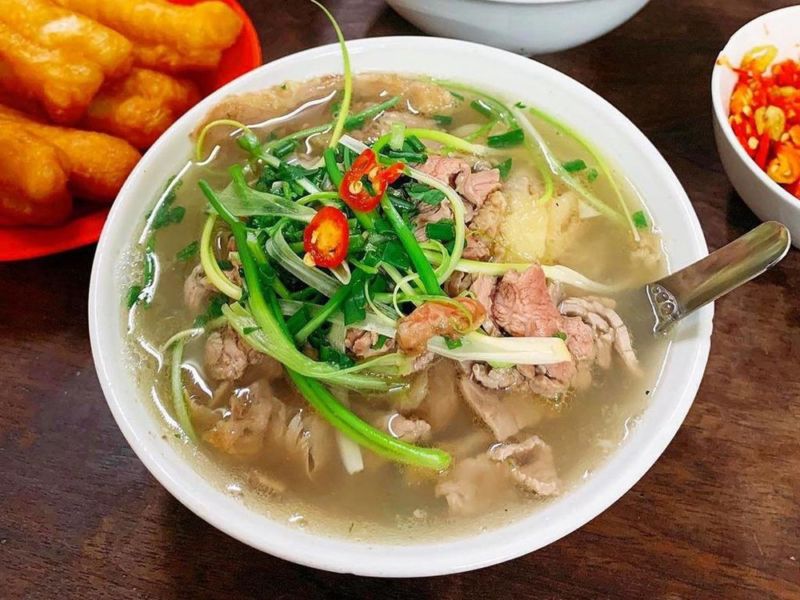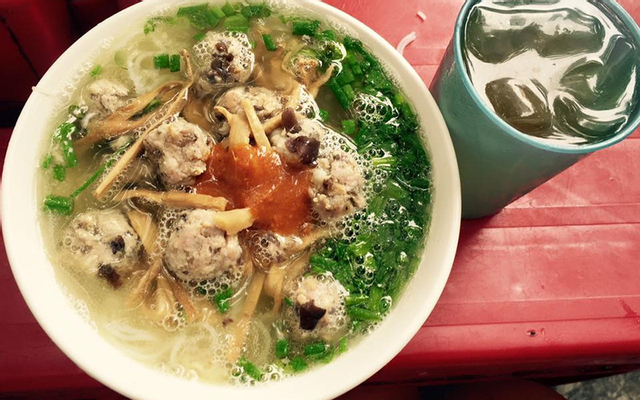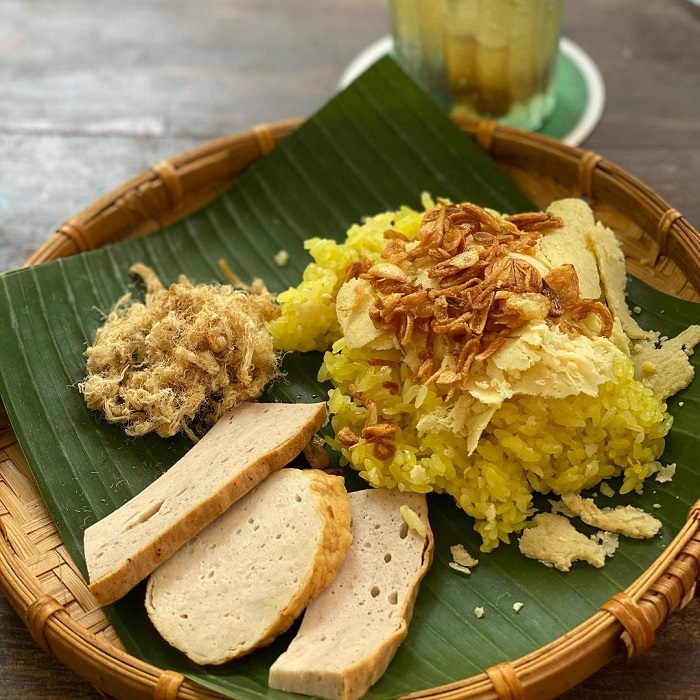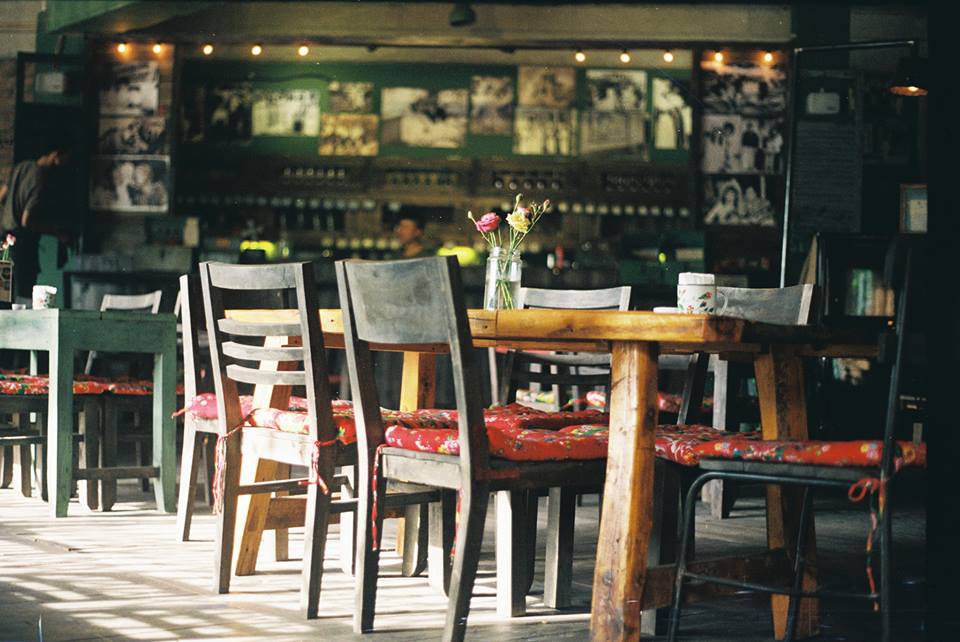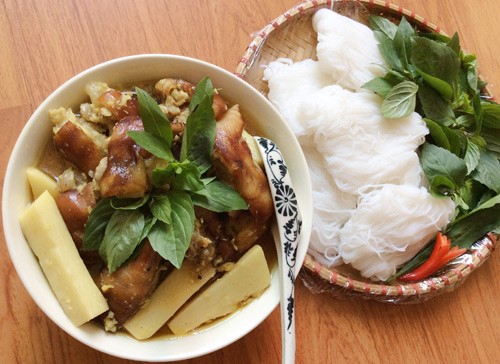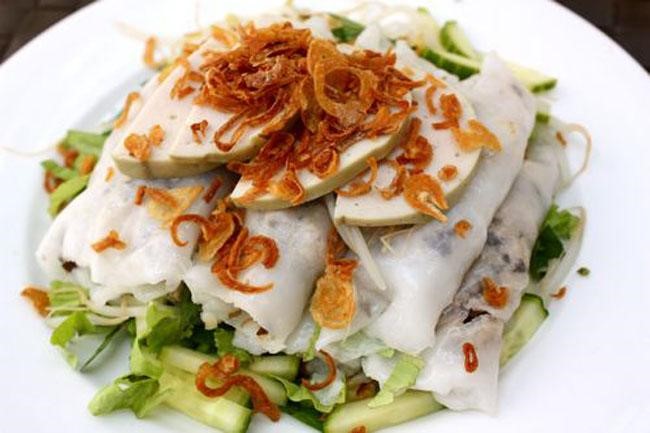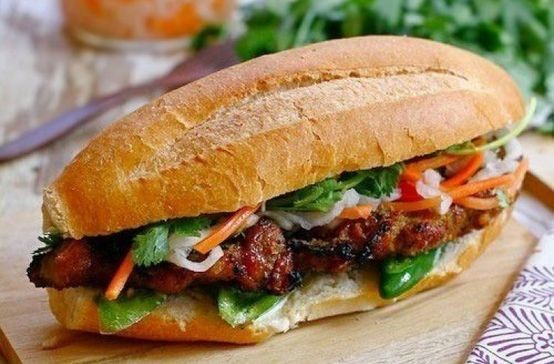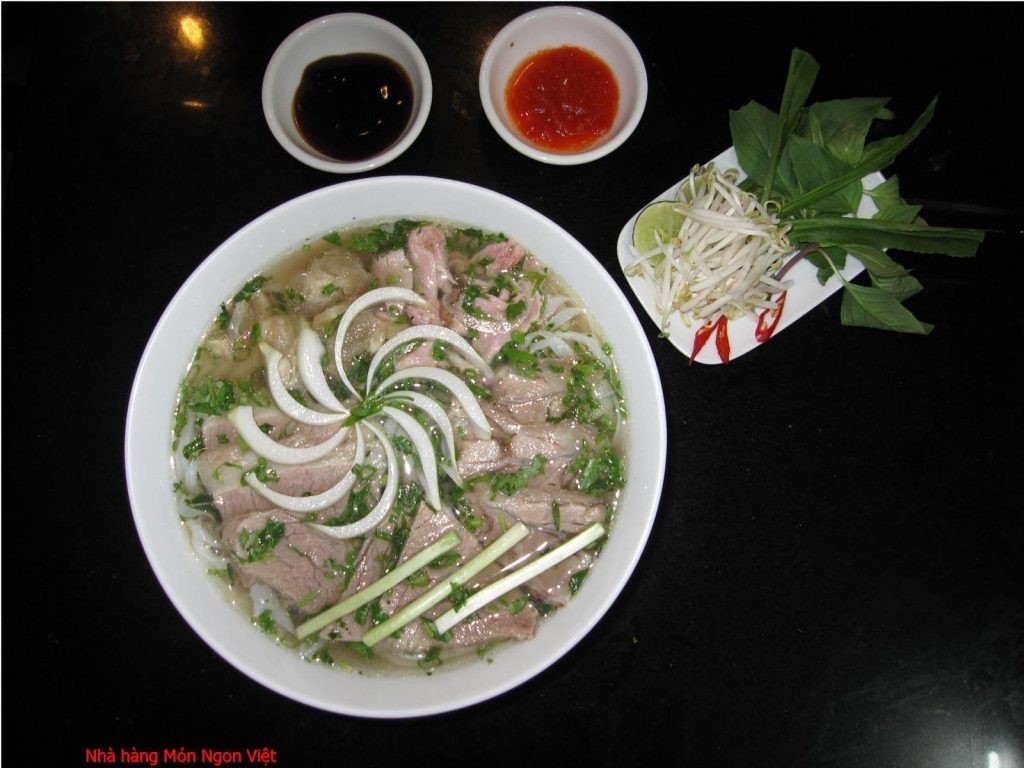HOA LO PRISON | HISTORICAL INFORMATION | TOURIST INFORMATION (Hours – Map – Ticket)
Top.1 Things to do in House in Hanoi is Hoa Lo Prison. As a Local Tour Guide from Hanoi Free Local Tourrs, I will give you an article about Hoa Lo Prison, And give you some reasons why you should pay a visit to this tourist attraction.
- Address: 1 Hoả Lò, Trần Hưng Đạo, Hoàn Kiếm, Hà Nội
- Openning Hours: Everyday from 8:00Am -17:00Am
- Phone: 024 3934 2253
- Ticket: 30.000VND/Adult (Discount 50% for Student with car)
- Free Tour to Hoa Lo: Hanoi City Tours (including Ho Chi Minh Mausoleum, Saint Joseph Cathedral Hanoi..)
Hoa Lo Prison, also known as Maison Centrale, is a representative of the period of Vietnamese revolutionary struggle against the French colonists.
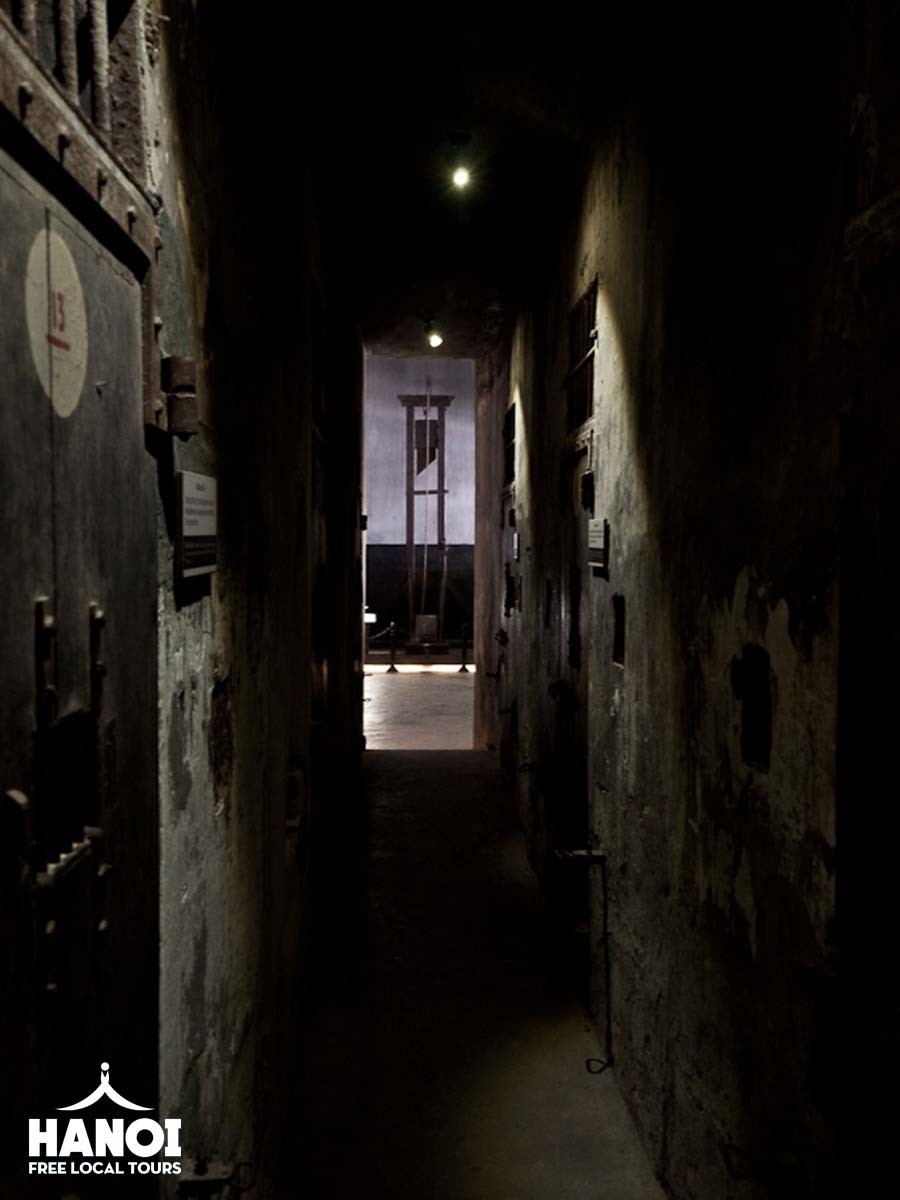
Located in the heart of Hanoi Capital and known as one of the most inhumane prison in Vietnam with the most modern equipment at the time for the harshest punishment.
Hỏa Lò prison is a symbol of the Vietnamese patriots’ indomitable will and myriad sacrifice for the national independence.
B. Hoa Lo Prison (Maison Centrale) through the course of time:
B.1. The French Colonial:
This prison was built by the French colonialist on the outskirts of the city, as the central prison city of both Central and Southern part of Vietnam.
It housed a variety of people, including political prisoners, patriots against the French colonial government.
In 1899, even when then construction was not completed, the French used Hỏa Lò for the capture of numerous political fighters against them.
Those years after, the prison was periodically updated with the increase in the number of chambers, the expansion in areas and the importation of up-to-date facilities.
B.2. World War II:
At the time of World War II, when the French lost, the Japanese claimed the victory and replaced the French’s position in controlling Indochina, Hỏa Lò prison was also under the Japanese regulations.
The battle between Japanese and French at the time in this area was a precious moment for the historical prison break which story still anchored until the present time.
B.3. Vietnam War (1954-1973)
As the French colonists left Hanoi as the result of the defeat at the battle of Dien Bien Phu and the 1954 Geneva Accords, Hoa Lo Prison was under the control of the Democratic Republic of Vietnam.
From 1954 to 1973, Hoa Lo prison was used for the detainment of spies from the South, the political prisoners who were against the Vietnam Communist Party and U.S solders.

Notably, the American senator John McCain and Pete Peterson, the first US Ambassador in Vietnam following the re-establishment of diplomatic ties between two countries in 1995.
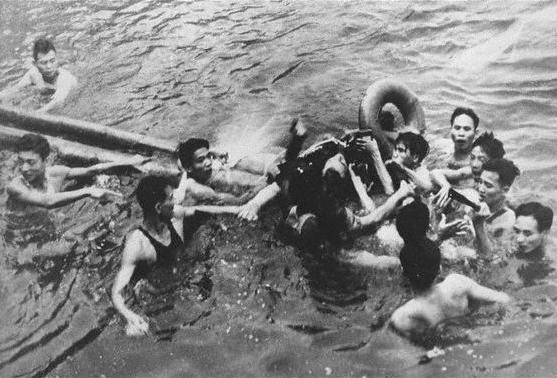
The US prisoners sarcastically called Maison Centrale as “Hanoi Hilton.” As there were many US solders kept in other prison, US pilots were detained in Hoa Lo prison right in the center of the city as a way to prevent US’s aircraft from bombing Hanoi, given the two previous cruel bombs that the US dropped in 1968 and 1972.
B.4. Post-War Time:
The prison is continued to be in use after 1973 for criminal prisoners.
In 1994, the government decided to move the prison to the outskirts of Hanoi and built the Hanoi Tower for apartments and shopping mall.
Only a part of the prison remained and were preserved as the memorial of the Vietnamese patriots.
C. Hoa Lo Prison and the untold stories:
C.1. The life in prison:
25 to 30 prisoners lived in a shared room where they were fettered most of the time and had to share one toilet.
It was up to their attitude that their 1 or 2 legs would be fettered. The prisoners had 15 minutes every day for a walk and a bath.
They had to stand naked around the tank built in the center of the yard and poured the water as quick as they can onto their body with the watch of the guards and jailers.
Every day, they had two meals with rotten rice that already had maggot, stunned vegetables, foul dried fish and rarely with tough buffalo meat like rubber or old sow meat.
Further more, prisoners were forced to do sanitation right inside the cells. Those buckets contains the waste and excrement were left for days and weeks uncleaned, causing serious pollution and horrifying discomfort for the life of the prisoners.
C.2. The torture in prison:
When conducting the restoration, the staff met many Vietnamese veterans who spent a part of their lifetime in the prison and asked them to write down their memory of the life in Hoa Lo prison, in which they called the prison as the hell of earth for its cruel hundred methods of torturing
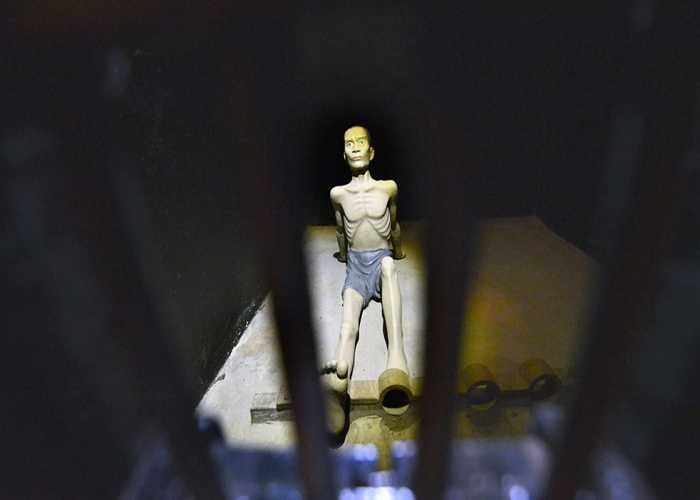
- The colonists hung the prisoners up or down for beating with electric shock engine at their head or heart.
- The prisoners were even stuffed with clothes soaked with gasoline to be burned.
- Some prisoners were put into the water tank, and hit from outside, which seriously damaged the prisoners’ hearing ability and nerve system.
C.3. The fight in prison
During their time in this prison, Vietnamese patriots struggled for a better condition so as not to be killed.
They also organized a secret Communist movement inside the prison to lead the political will and unity.
They even went on a hunger strike to fight for their request to be treat properly as political prisoners
C.4. Series of escape:
- In 1932, 7 prisoners pretended to be in serious illness and successfully fled on the way of being transferred to the clinic with the help from friends.
- 1945 happened the miraculous prison break of more than 100 patriotic prisoners. At the time of World War II, taking the advantages of the disorder between the Japanese and the French, political prisoners mixed with common criminals exchanged prison uniform with daily clothes from visitors, walking out decently and escaped.
- 1951 marked the most famous jail-break when 17 prisoners under death sentence organized the escape from the sewer tube.
The sewer tube’s mouth was small while the grid is stiff and dense; therefore, the mission to go into the tube to cut the grid was horrified since the tube was filled with garbage, toilet’s waste and clinics stinky bandage.
On the Xmas night in 1951, following the broken sewer, 17 prisoners broke out of the prison. Unfortunately, when they open the sewer door and stepped on the street, they confronted a group of patrolmen and only 5 of them successfully escaped and survived.
C.5. Life of the US prisoners:
Despite the ongoing debate about the life quality and condition in the prison, there is a small yet interesting story told by famous Vietnamese writer To Hoai about the Christmas treat of the US POWs (Prisoners of War).
As for the American, Thanksgiving or Christmas’ meals usually had turkey, even turkey was not familiar for or favored by the Vietnamese.
In the Christmas holiday’ treat, dozen of trucks were ordered to supply turkey to the prison.
D. Tour information:
D.1. Opening hour:
Every day, during the week (including holidays or Tet, New Year Eve), from 8am to 5pm.
D.2. Entrance fee:
Ticket price is 30.000 VND/each (≈ 1.2 USD)
D.3. Transportation:
Hoa Lo Prison is located on No. 1 Hoa Lo Street, a part of French Quarter, and is 1 km to the west of Hoan Kiem Lake.
Visitors can easily travel to Hoa Lo Prison either by taxi, bus or motorbike or bicycle. For motorbikes or bicycle, the fee for parking is 5.000 VND. For visitors who want to come here by bus, there are several available lines such as 02, 09, 23…
D.4. Free tour in Hoa Lo:
With the purpose of learning more about historical periods through the diverse perspective of the local and also to experience the unique insight about Hanoi, visitors are highly recommended to place a free tour organized by Hanoi Free Local Tours. Tour guides are groups of young passionate and energetic students, who are trained to have full knowledge about attractions in Hanoi and tour guide skill.
Booking a tour is easy as visitors only have to go to websites and place a tour’s order. Visitors will receive a confirmation from tour director and they will be picked at their hotel or arranged meeting place at time as appointed.
*As a historical site, formal dress up is recommended, yet is not too strictly required.
A. Construction and Architecture:
A.1. Construction:
The construction project started in 1896 and finished in 1899.
The prison was built next to the Court of Justice and Intelligence Department as the combination against the patriotic movement of the Vietnamese.
A.2. Name:
The formal name of the prison is Maison Centrale (Central House) given the French expectation of this as the most secured and solid prison in Indochina.
The other name of the prison, in Vietnamese, is Hoa Lo:
- “Hỏa” means fire
- “Lò” means Kiln
Since this area used to belong to a pottery village before the prison construction, the local named the prison as Hỏa Lò as the informal memorial name of the village.
A.3. Capacity:
Originally, the prison was designed to hold only 450 prisoners.
However, the actual number of prisoners was much higher, under the French domination
- In 1913: 615 prisoners
- In 1953: 2000 prisoners
Some detention rooms were too crowed that the weaker prisoners were requested to be taken out to avoid the choke.
A.4. Architecture:
The so called ‘unbreakable prison’ was constructed with extra thick bricks and tiles.
- The besieging wall was built with steel bars and stone 4m high and 0.5m thick
- The wall is topped with pieces of broken glass and high-voltage electric wire

Despite the varying chambers’ dimensions, all follows an identical design: tile roofs, solid walls, gray lacquered floors.
For the maximization of security, all equipment, from building material such as glass, steel, …to equipment such as doors, lockers, nails, …must be imported directly from France.
A.5. Map:
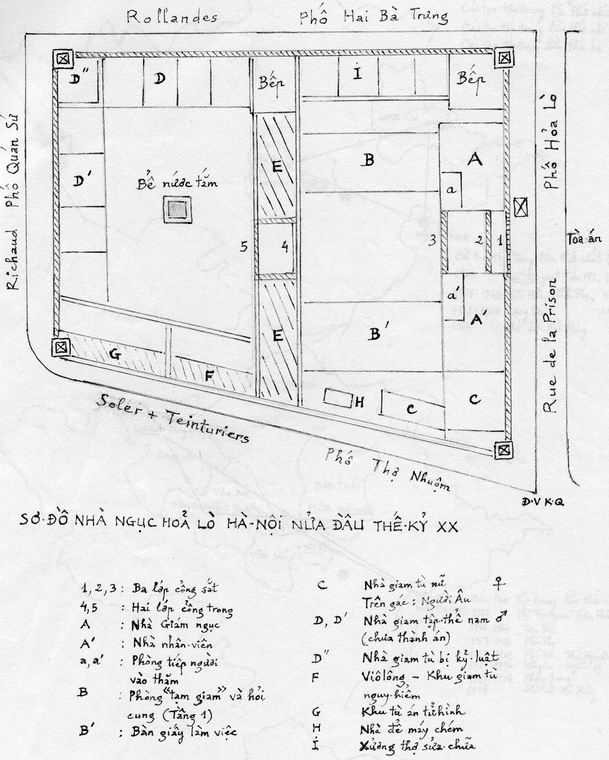
Hoa Lo Prison’s Map in the 20th centuries
The prison was divided in to 4 sections: A, B, C and D.
- Zones A and B were for inmates are being considered, criminals or prisoners in violation of prison discipline.
- Zone C was for the detainment of the French prisoners or foreigners.
- Zone D was the place where prisoners who were sentenced waited for the execution date.
A.6. Famous artifacts:
The guillotine: known as the “human killer”, was brought by the French since the late 19th centuries.
The instrument is made of 3 parts:
- A flat wooden surface
- A cutting steel frame
- A sharp blade.
When the prisoner is executed, the headman drags the rope and the blade drops down incisively.
On execution:
- The head of the prisoner fell into the underlining tank
- The remaining body was transferred into the calameae basket.
Particularly, after the execution, the French even hung the prisoners’ head at public place to threaten and undermine the Vietnamese’s will.
The execution row:
Prisoners who were sentenced to be executed were detained and had to wait for the fixed date.
They were fettered on the cement floor all day and night, and did everything in that one place.
Normally, they were detained in this row for ten months after being sentenced. However, some of them were killed right after three or four days.
The cachot:
Cachot is used to detain those who were punished for violating the rules of the prison. Cachot in Hoa Lo is “hell of hell” where the cell is cramped and dark.
Here, the prisoners are isolated, shackled all day and night and must eat, sleep, sanitate at the place.
The cachot’s custody is subject to death shortly due to edema, blurred vision, scabies for lack of proper hygiene, light and oxygen.
The iron shank:
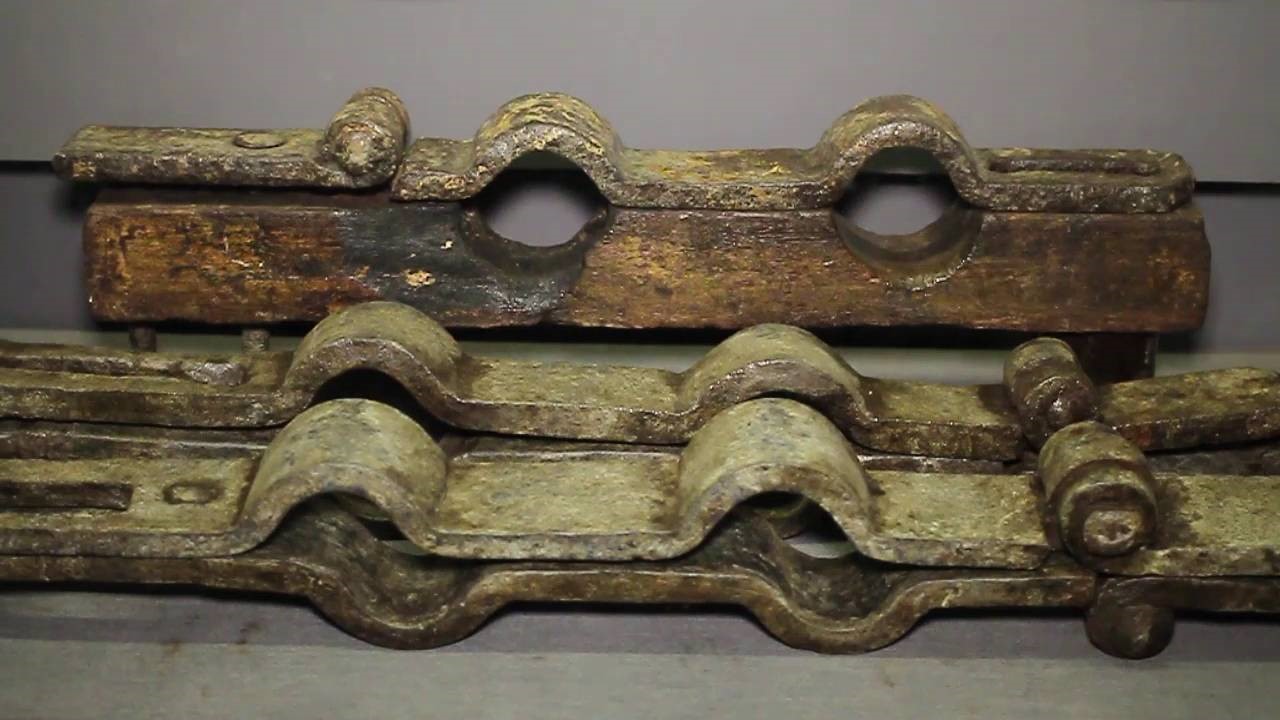
This iron leg shank is composed of two parts:
- The upper part is made of iron
- The lower part is made of wood.
In an attempt to escape, the prisoners usually applied a layer of fat and burned coal to loosen the hole.

